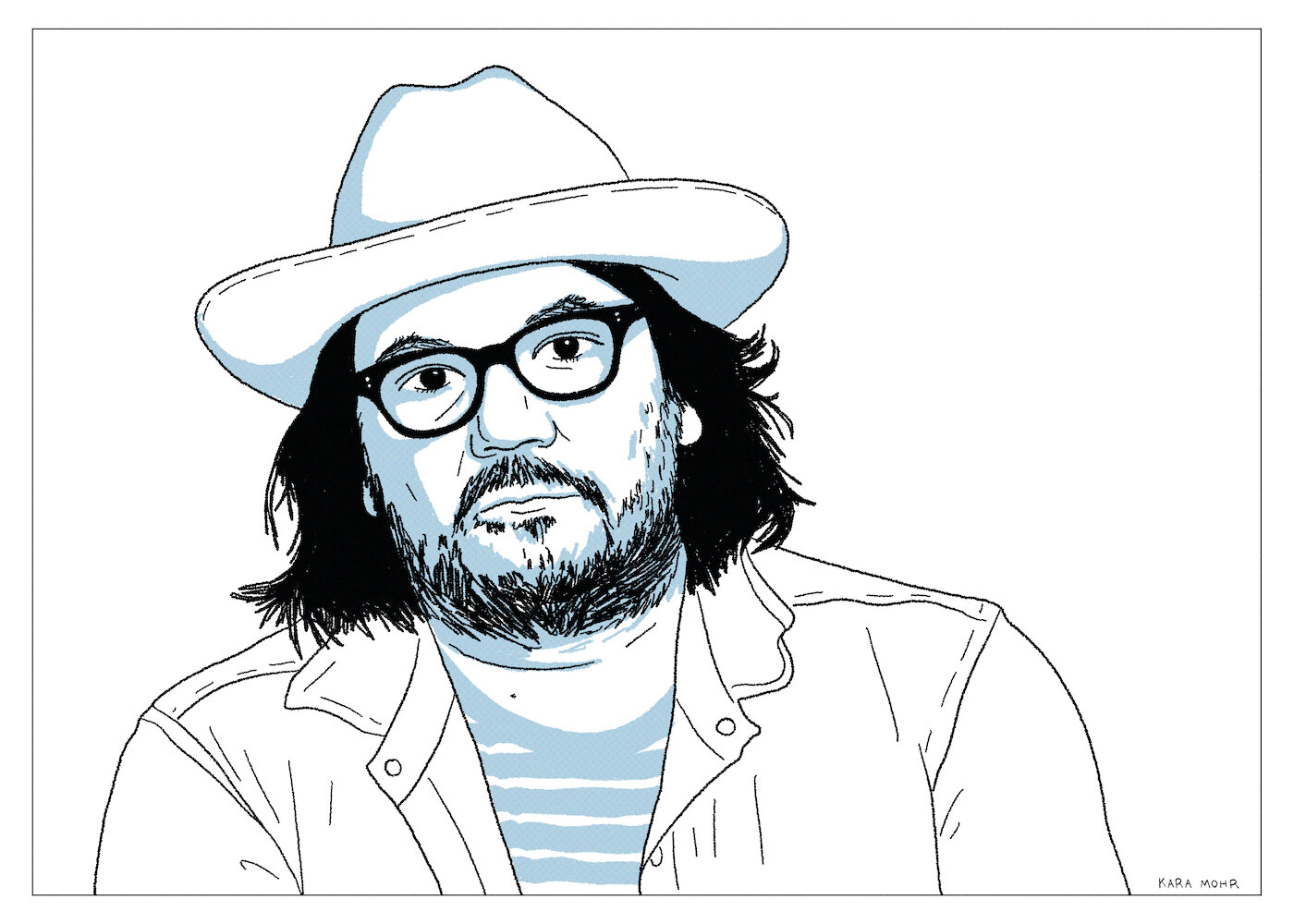
Jeff Tweedy “WARM”
Well, he did it. It’s not a perfect record. Far from it. It’s not his best music. No. But I suspect Jeff Tweedy will never get closer to something as honest, as definitive and as unflinchingly empathetic as he does on “WARM.” This is monumental, middle-aged, dude stuff. It is what the other side of decades of therapy sounds like for one of the greatest songwriters of the last thirty years. It’s a search for meaning through empathy and self-acceptance in the second half. If “WARM” were presented to me as the Old Testament for some sort of cultish men’s group, I’m pretty sure I’d sign up.
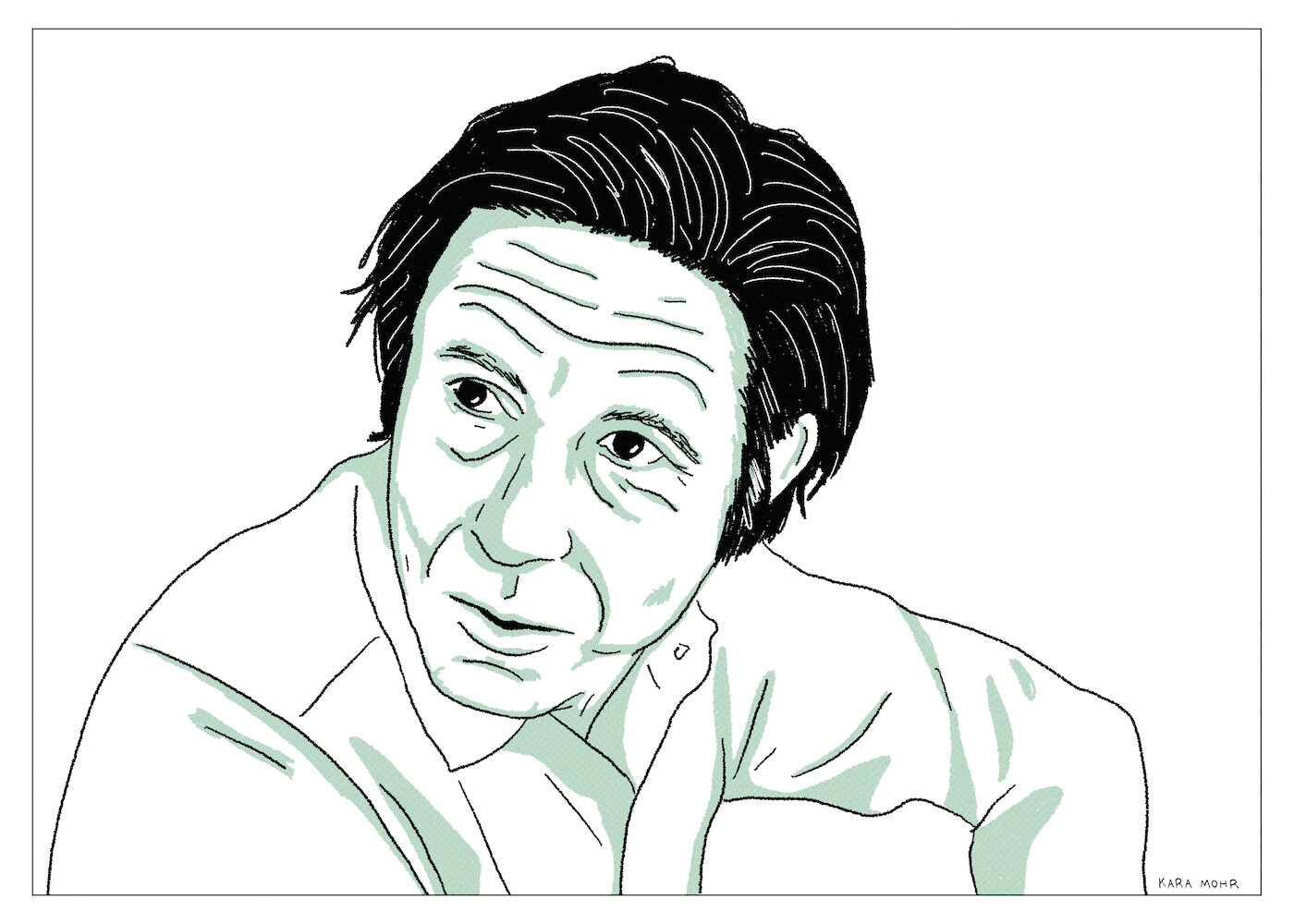
John Doe “Keeper”
John Doe’s voice was once the sound of a storm cloud over a city on fire. The city was Los Angeles. The storm was sun shower named Exene Cervenka, Doe’s wife and partner in the band X. But, nearly seventy now and many years into a decorated solo career, John Doe has spent his second act answering the question: what happens when there is no city on fire and no storm below? In 2011, the year he released “Keeper,” Doe was fifty eight. He’d remarried. He had three daughters. He didn’t live in L.A. His singular challenge was to write love songs where the people in the songs are actually loved. Simple, right?
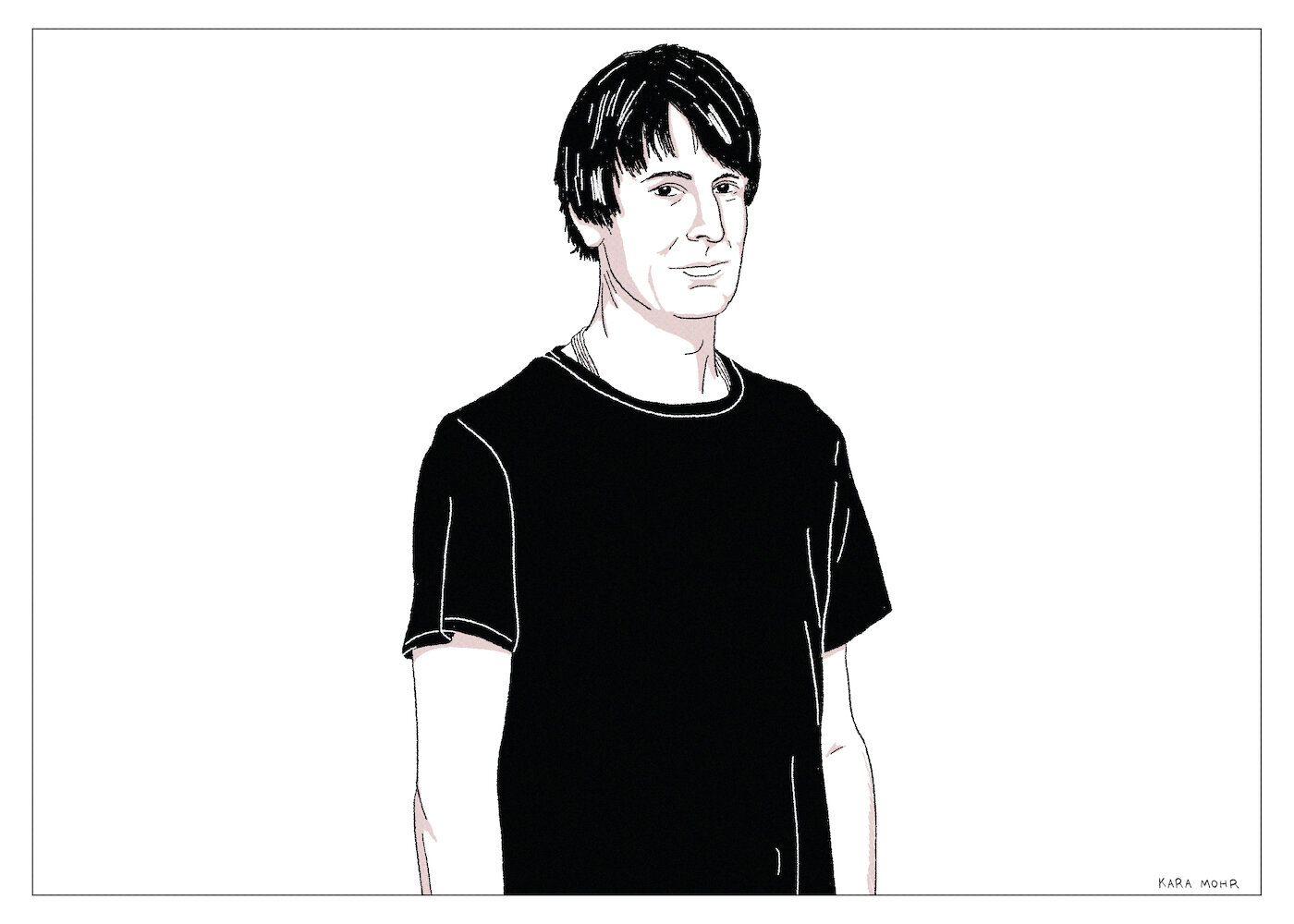
Stephen Malkmus “Traditional Techniques”
Pavement broke up but Stephen Malkmus kind of stayed the same. He moved to Portland. He got a new band together. Every two to three years he would release an A- album. I listened to some of them. They were uniformly very good to great. It became easy to take Malkmus for granted. There was nothing not to like but it was getting easier to pass over. Surely, Malkmus himself felt some of this. First there was the solo electronic jams on “Groove Denied.” and then came “Traditional Techniques,” wherein Stephen Malkmus daringly and beautifully articulates the search and the journey.
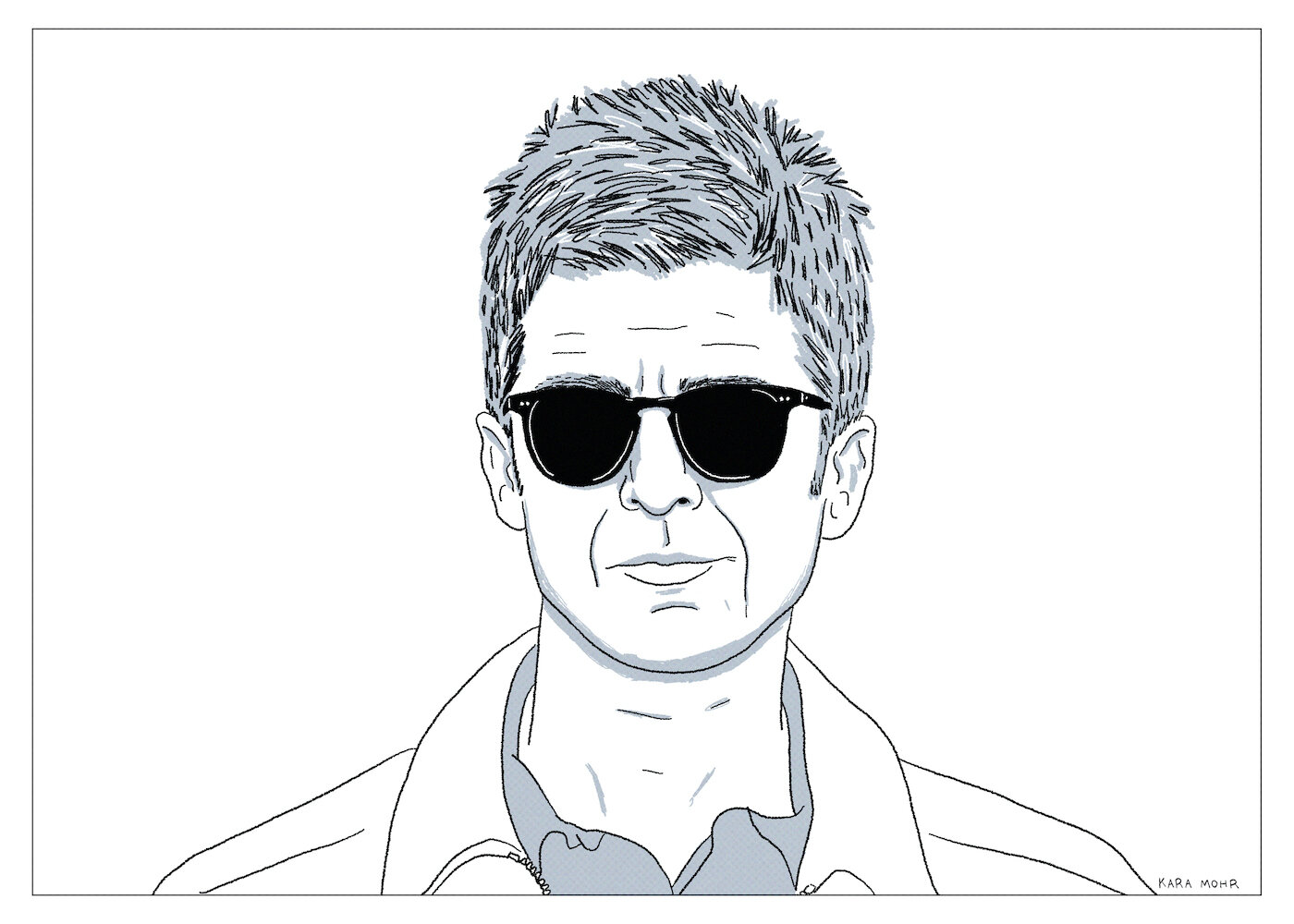
Noel Gallagher’s High Flying Birds “Who Built The Moon?”
The story of the High Flying Birds’ third solo album, “Who Built The Moon?”, is the story of an artist being asked by a producer to leave all of his baggage behind. Quite literally, legendary U.K. producer and DJ, David Holmes, agreed to produce Gallagher’s record on the condition that he not bring any written songs into the studio. What Holmes did not know was that, even with just his guitars and pedals, Gallagher had enough songwriting tricks hidden in his pockets to at least fill a couple of carry ons.

Snoop Dogg “Bush”
In the 2010s, Snoop’s brand went global while his music was obscured by his celebrity and clouds of blissful smoke. 2015’s “Bush” was something of a reclamation record. With Pharrell behind the wheel, they made a chill, LA-themed, (very) Lite Space Funk record. The entire album could soundtrack the “adults only” night in 1978 at an LA skating rink, wherein The Bee Gees jammed with Funkadelic.
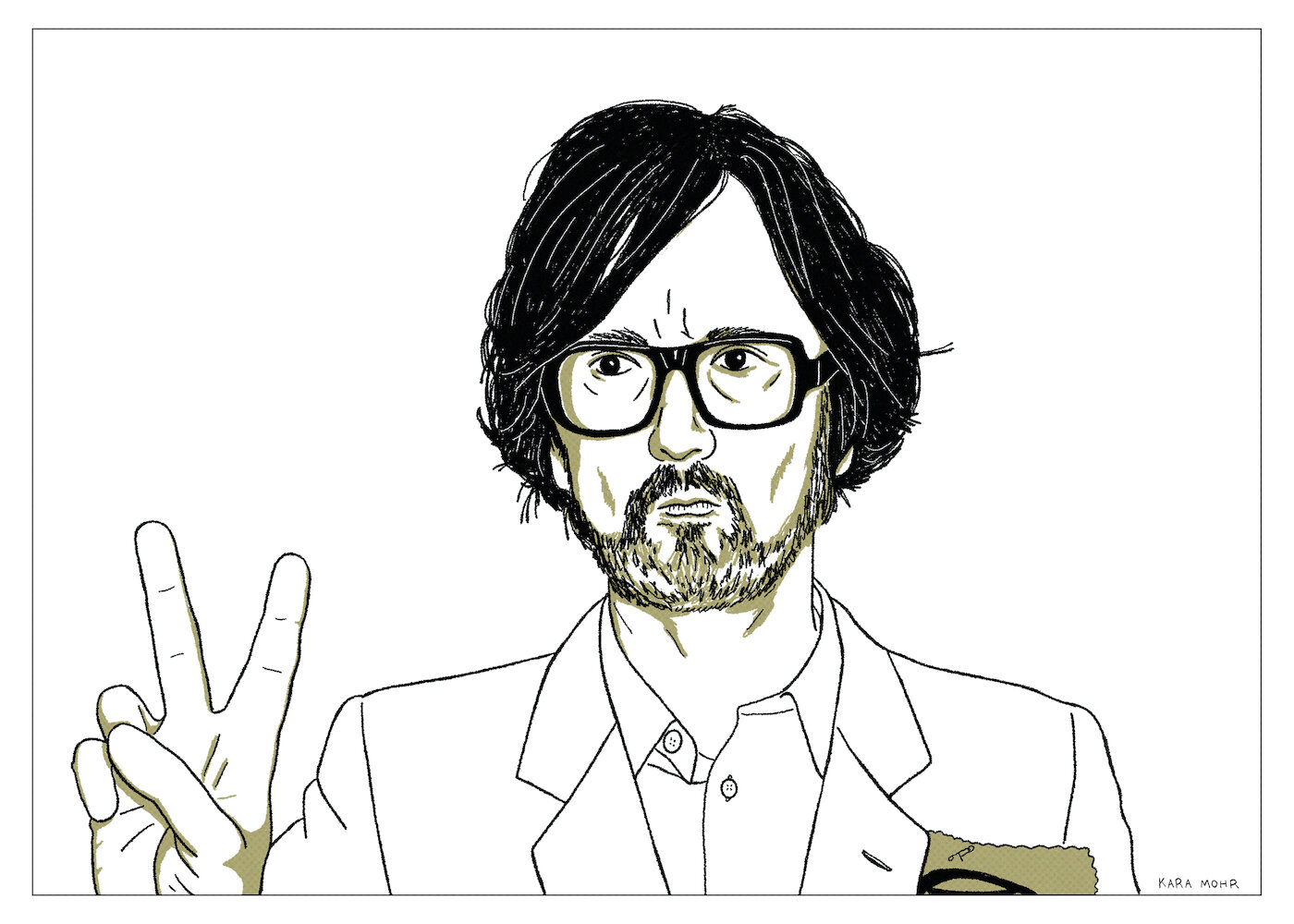
Jarvis Cocker “Jarvis”
Jarvis Cocker was just fifteen when he started Pulp. By the time he was thirty, he appeared to be both a horny young schemer and a horny mature professor. It all seemed like a great lark but, privately, Cocker was tiring of the act. So, he disbanded Pulp when he was thirty eight. But then, in 2006, less than five years after the last Pulp record, we received, “Jarvis.” We were finally going to get a glimpse of what he had on under that Burberry overcoat.

Thom Yorke “Tomorrow’s Modern Boxes”
Let’s face it, Radiohead is a lot of work. You have to commit fully. You need to join the listservs and the Reddit threads. You need to belong to a special mailing list for clues. You may even have to be Vegan. I don’t know. However, I saw a possible back door into the discourse: Thom Yorke solo. Whereas “Eraser” seemed too close to the motherland for a starting point, 2014s “Tomorrow’s Modern Boxes” seemed like a shorter, safer point of entry.
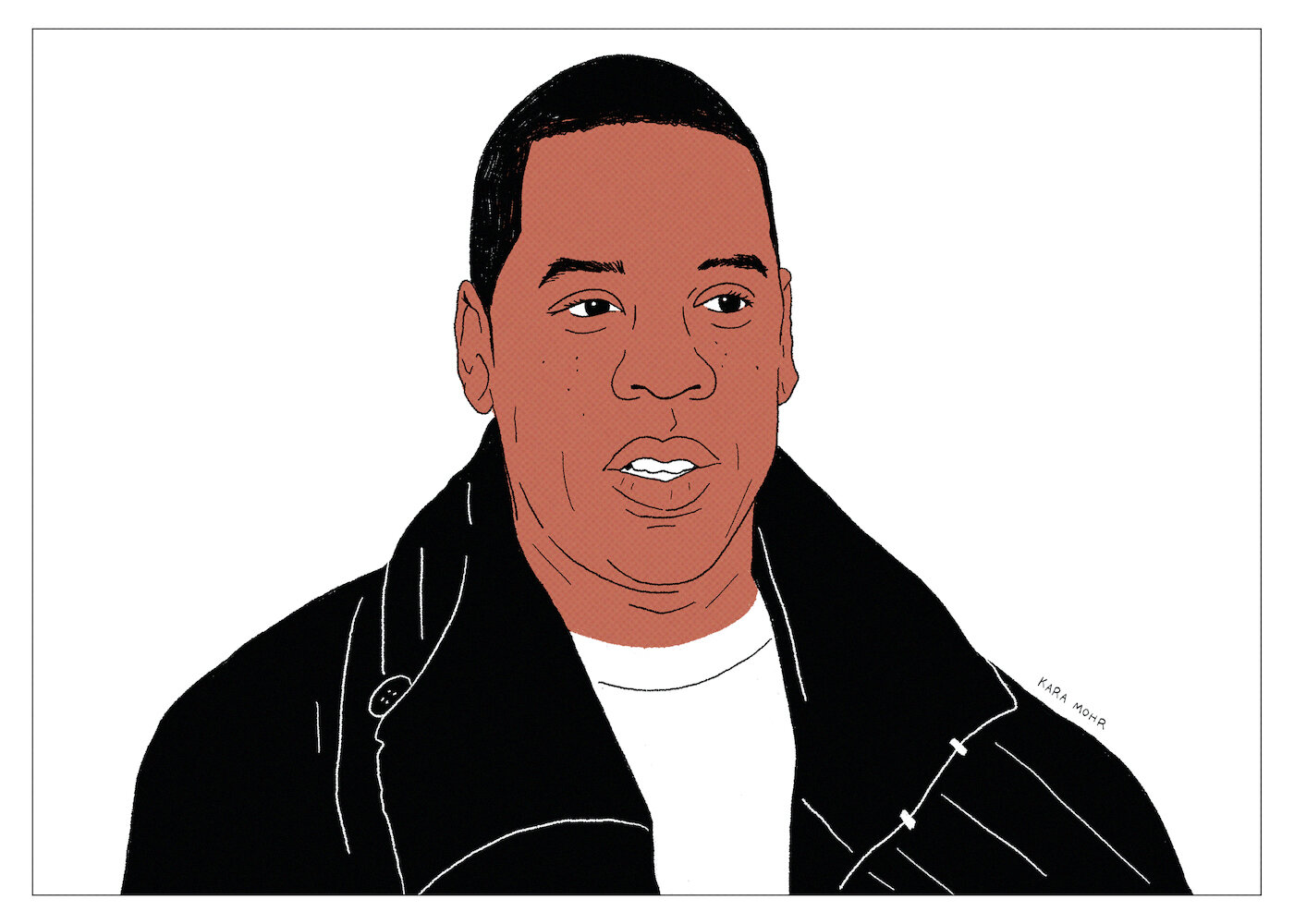
Jay-Z “Magna Carta…Holy Grail”
2013 is peak Jay Z. Blue Ivy is born. Barrack Obama is elected President. He launches Roc Nation Sports. He has more number one albums than any solo artist in the history of music. He is a mega-brand. His city is number one. His wife is number one. He has all the chips. He can go huge. Maybe too huge.
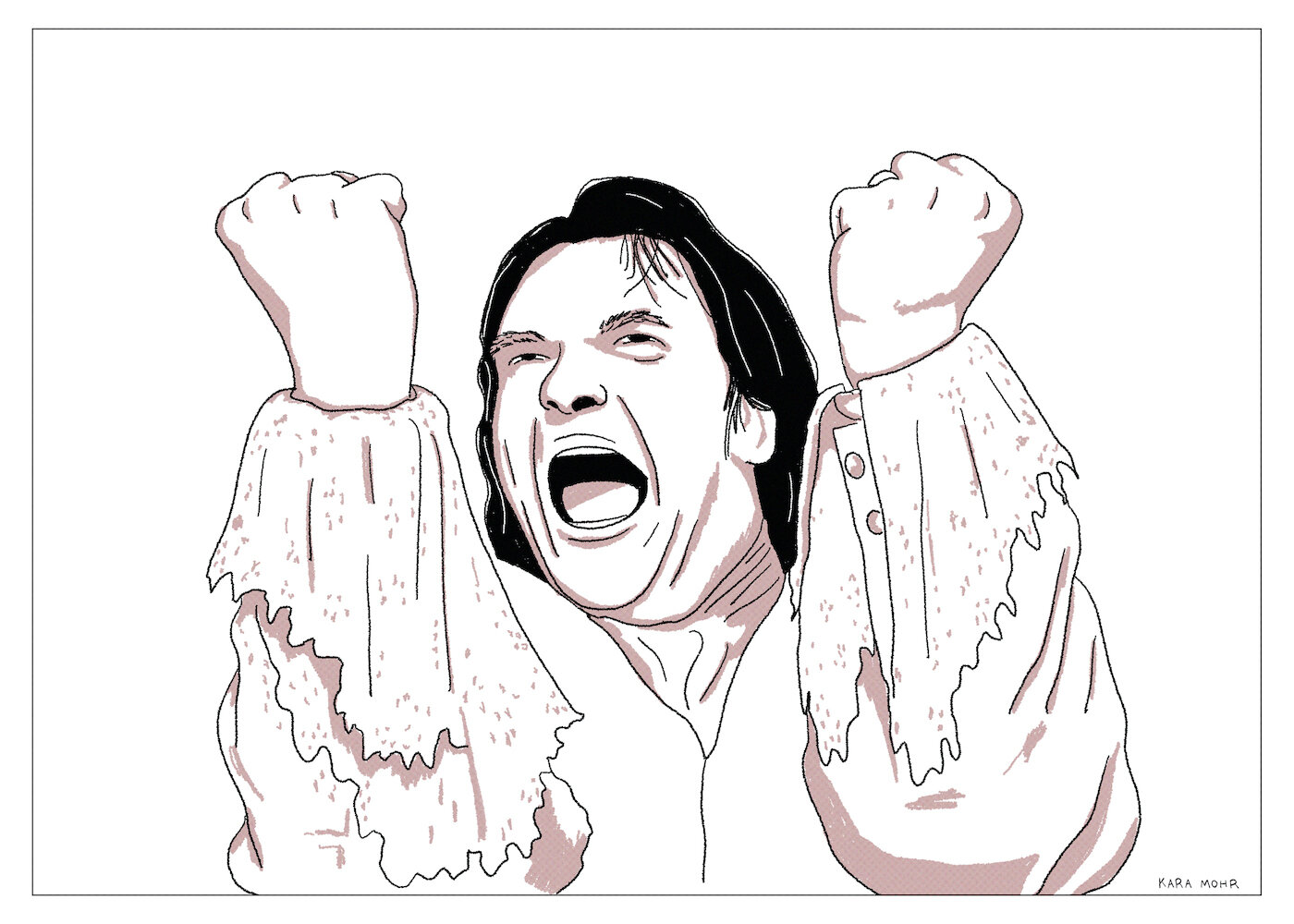
Meat Loaf “Bat Out of Hell II: Back into Hell”
When I was older than a teenager but younger than a man, I was living in the wilds of Connecticut, adrift. I had lost my girl. I went home to my shack down by the docks. I drilled two small holes into the corner of two cassettes: “Bat out of Hell” and “Born to Run.” I tied a ribbon to unite them. I called them “the sisters” for their spiritual connection to the drama of youth. In my car, one tape would play, the other would dangle. Switch. Repeat. This should be a lie, but it’s not.
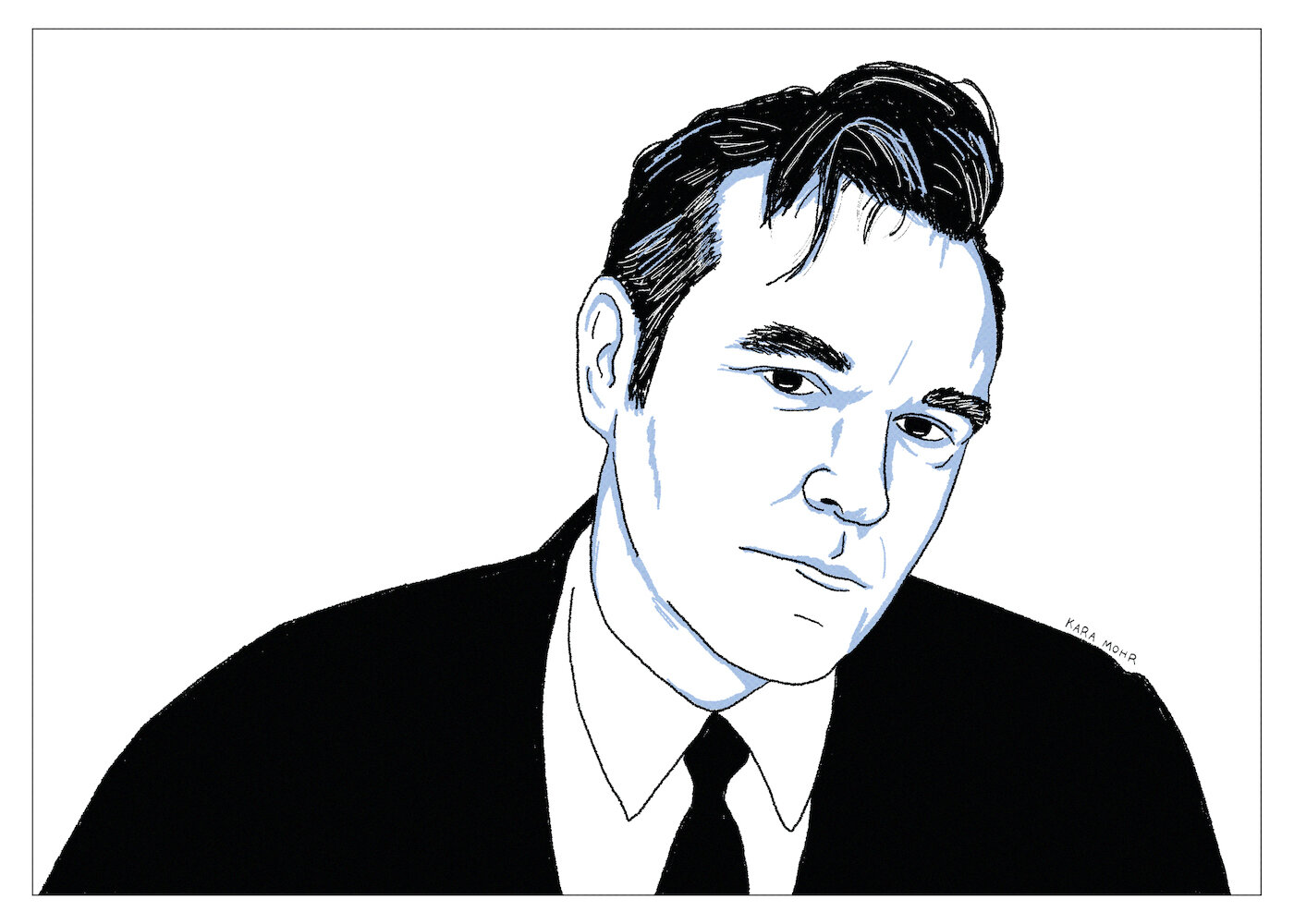
Morrissey “You Are The Quarry”
After the somewhat ignorable “Maladjusted” from 1997, Morrissey would wait seven years before returning with “You Are The Quarry.” In the interim, he would move to Los Angeles, very reluctantly resolve a lawsuit with his former drummer and, most notably, search in vain for a new record deal. By 2004, though, much of this would be behind him. He signed a deal with a new label and had a suitcase full of heartache and venom to offer up to his long suffering fans.
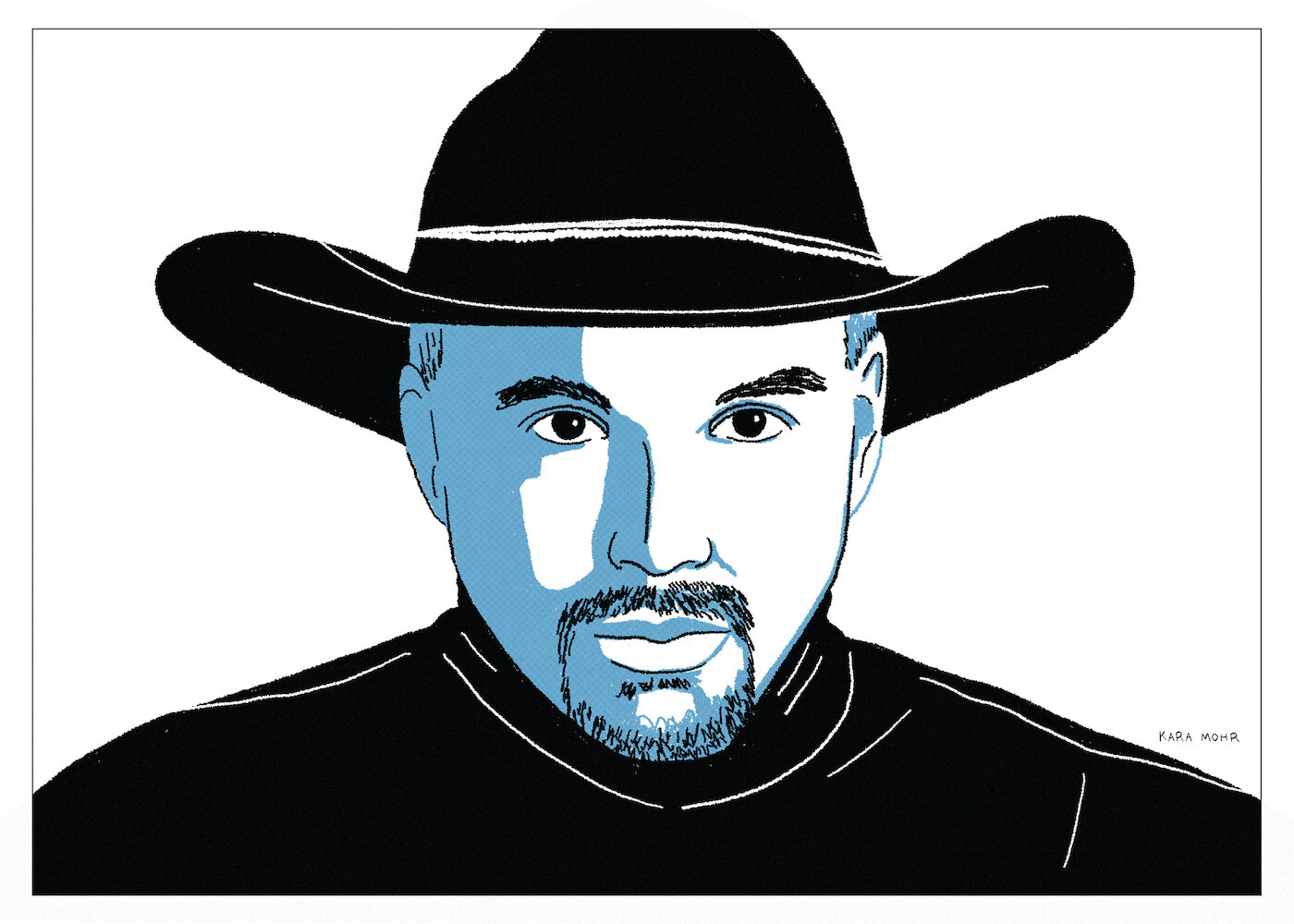
Garth Brooks “Man Against Machine”
Garth Brooks is daringly, offensively not not likable. It’s an extraordinary accomplishment. If it is all a facade -- the humility, the charm, the open mind, the family values, the charity -- then it is the greatest long con in the history of the world. “Man Against Machine,” from 2014, was his first album in nearly thirteen years. It was a monumental event. And if Garth Brooks’ retirement plan was to spend over a decade crafting an album that quite literally every single American human could project themselves into, he nailed it.
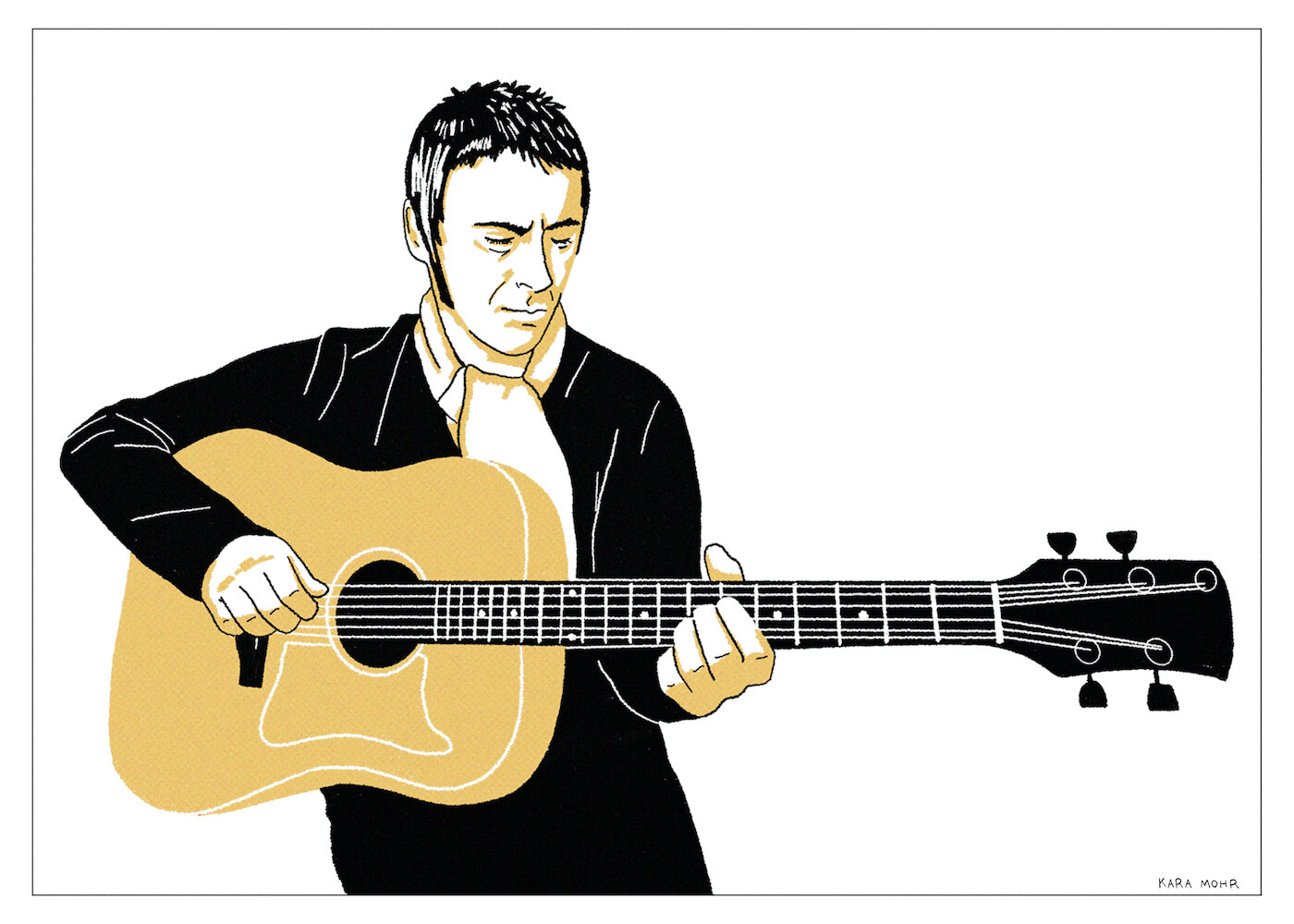
Paul Weller “Heliocentric”
In the 80s, people would often say that Bruce Springsteen was not a massive star outside of the US. Paul Weller is a fair English corollary for The Boss. Weller fronted two massive English bands, The Jam and The Style Council. He played to massive crowds on his home turf. On the other hand, there are many cities in America where Paul Weller might not sell out a large room. Plenty of Americans know of The Jam (“they had that song in Billy Elliot, right?”). But only the true American Anglophile are fluent in Weller’s exemplary solo career.
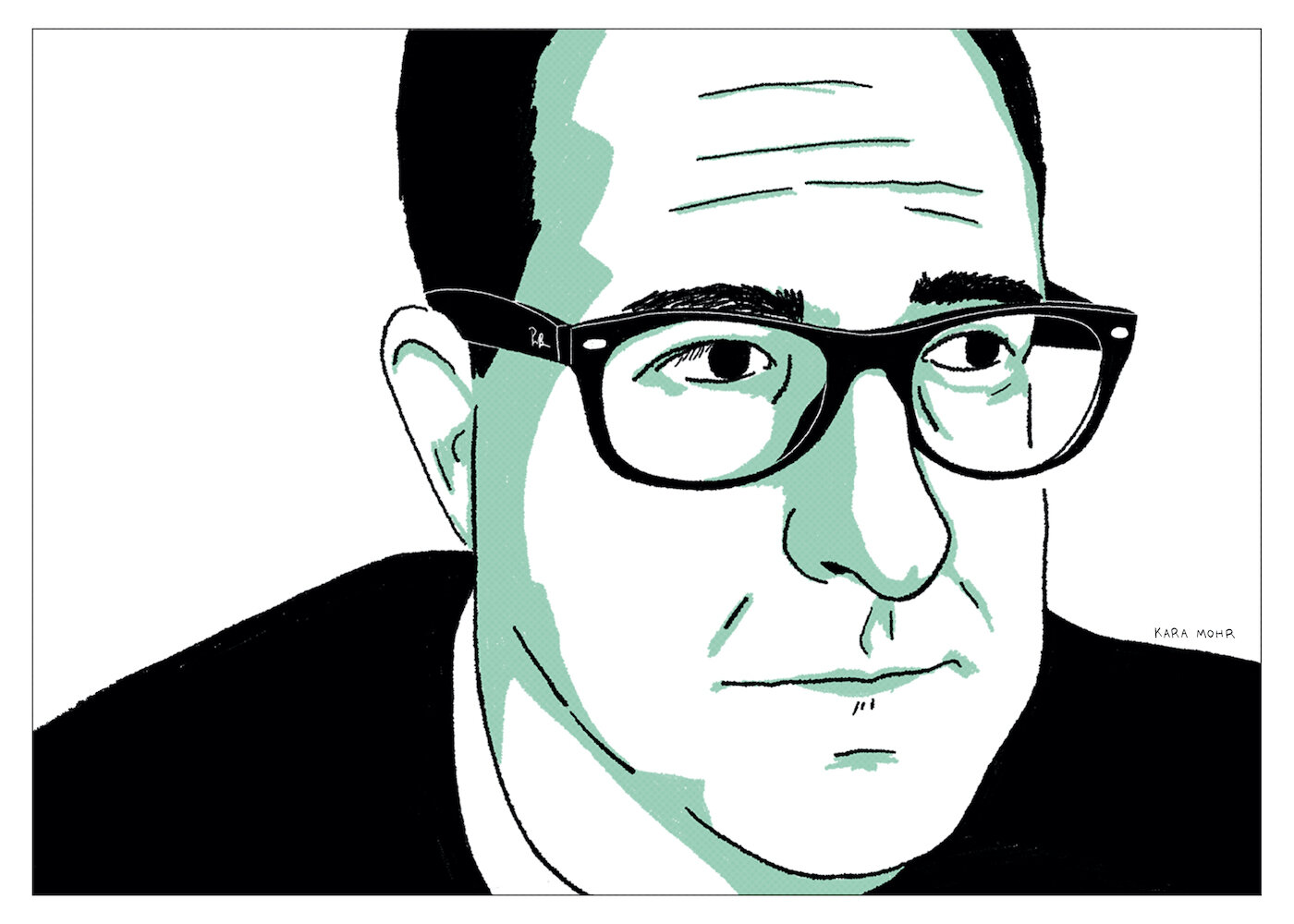
Craig Finn “I Need a New War”
Craig Finn was always a writer first, singer next and, vaguely, finally a musician. But the guy is both smart and clever and he is evidently committed to learning. So, I had faith his music would get somewhere. “I Need a New War” mostly validates my faith. The songs are not uniformly compelling on their own, but it is a genuine master class in a certain middle-aged, poignant weariness. “I Need a New War” replaces the drunk, Brooklyn gusto of The Hold Steady with an Upstate sobriety and poignancy.
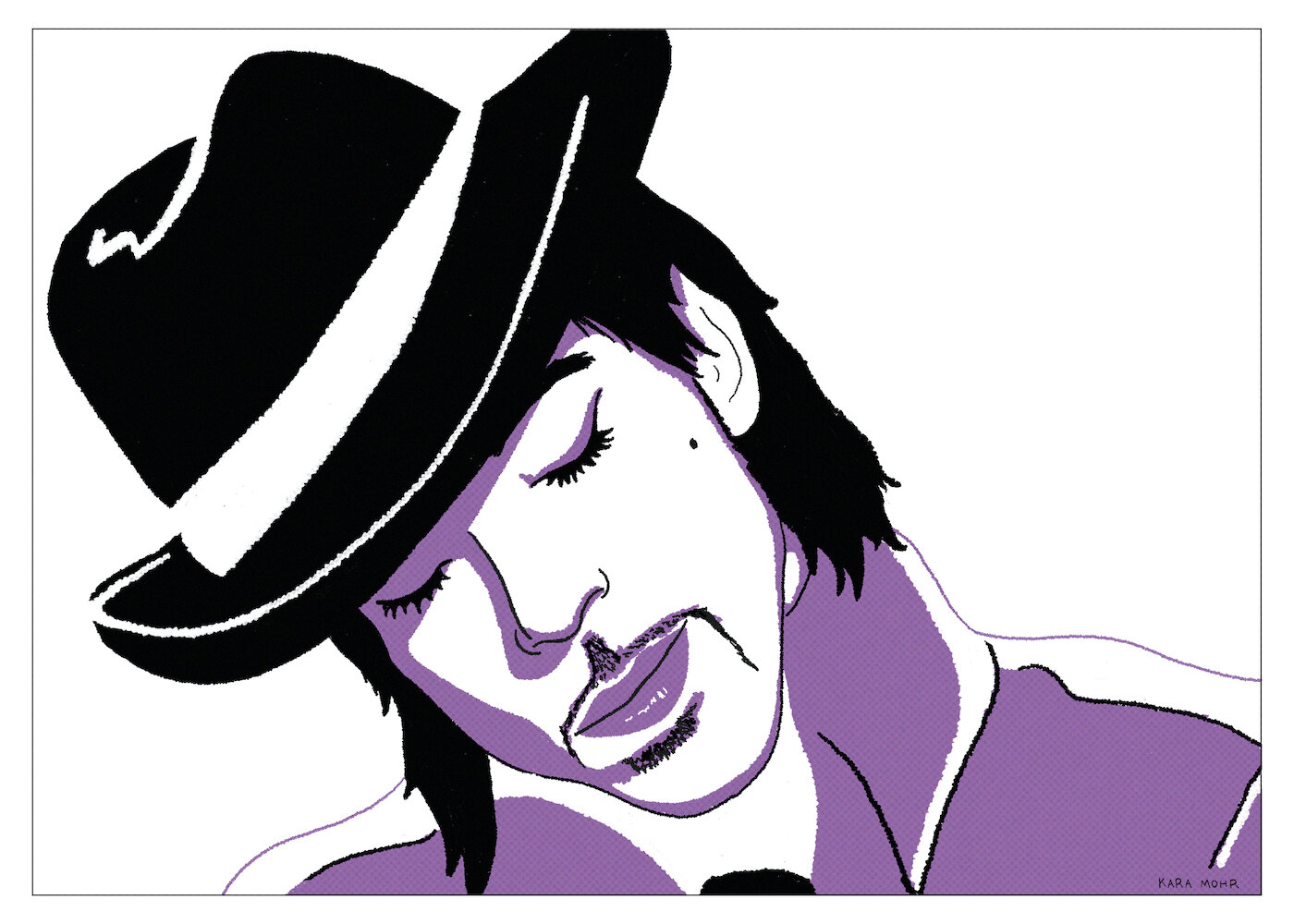
Prince “The Rainbow Children”
The title track song is a warning shot across your bow. It’s about as commercially inaccessible as you can get from a guy who made a hit for the Bangles. You want this album? This is not your momma’s Prince. Where did this all come from? What genre is this? Some of these songs will straddle the line between “Jazz-inspired” and “noodling,” but you can’t say this forty four year old was out of ideas.

Hamilton Leithauser “The Loves of Your Life”
“The Rat” is the actual sound of Lower Manhattan in the early 21st century. Not The Strokes. That’s the cleaned up version. “The Rat,” by The Walkmen, is the secret, frustrated, smart and just a little dangerous New York. And for more than a decade, you got the feeling that the singer in that band was not content just making great music. No. Each time out, Hamilton Leithauser was going for “Like a Rolling Stone.” But, how do you balance that soaring ambition with middle-age, marriage and fatherhood? The answer lies where we find Hamilton Leithauser in 2020 on “The Loves of Your Life.”
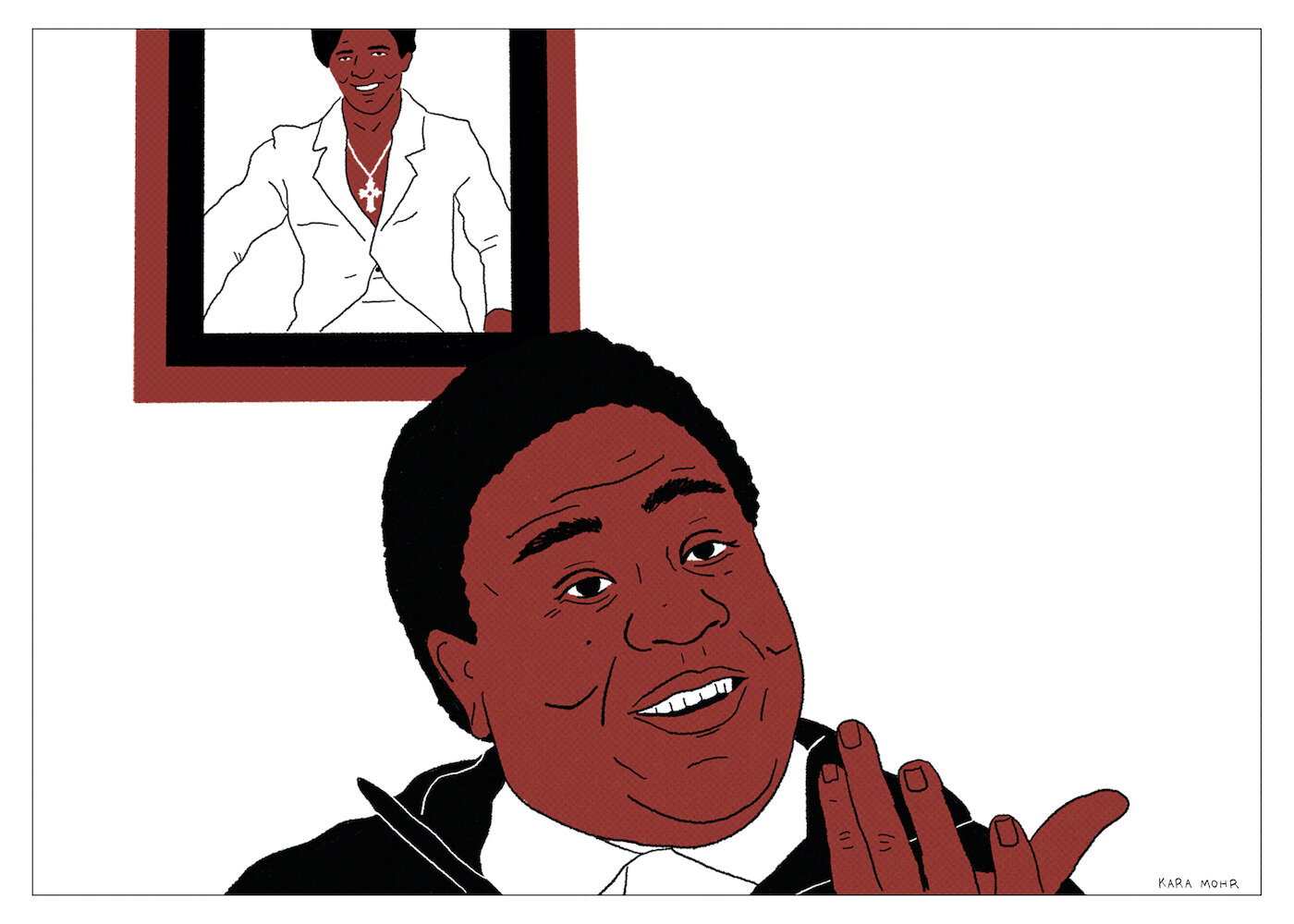
Al Green “Lay It Down”
I have found it to be exceedingly difficult to write about Al Green, the singer, without wading into Al Green, the man. Who am I to write about Al Green, a man I have never met, when so much of his popular framing is steeped in racism? Is this essay unnecessary and frivolous? Probably. Is it poorly timed? No doubt. Will I make an earnest go at it anyway? Yes. Because I really want to talk about AI Green’s fairly spectacular 2008 collaboration with ?uestlove, “Lay it Down.” So, here goes.
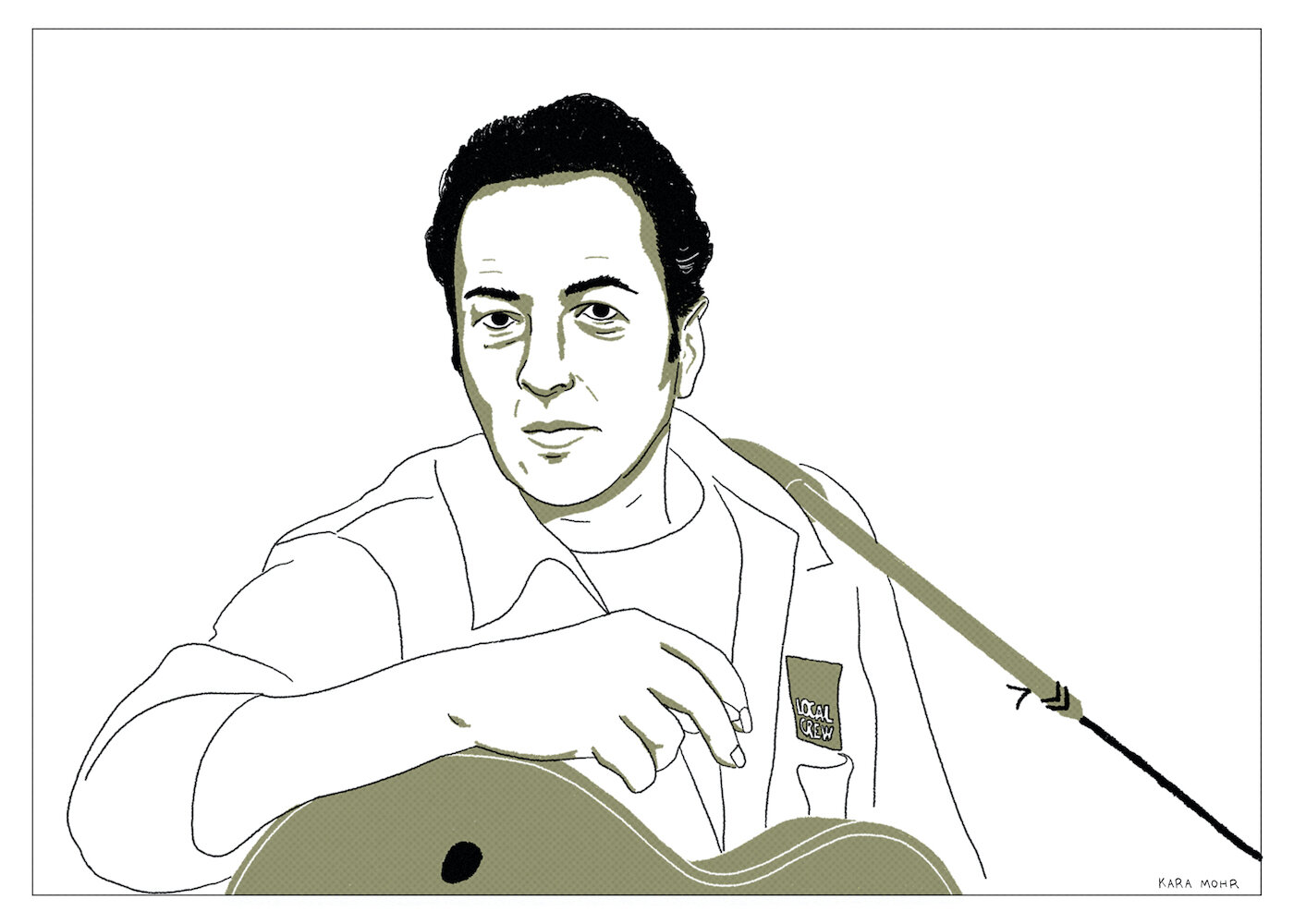
Joe Strummer and the Mescaleros “Global a Go-Go”
In 1982, he was the man at the front of “The Most Important Band In The World.” To see him then is to have seen someone intent on everything and capable of anything. But, just two years after that, The Clash would release a genuinely terrible final album. By his own account, Joe Strummer simply lost the ability to make The Most Important Music In The World. He kept busy. But, many wondered if their hero had lost the ability to be “Joe Strummer.”

Lindsey Buckingham “Under the Skin”
Lindsey Buckingham’s fourth solo album opens up in therapy, mid dream interpretation. Under his trademark finger-picking guitar style is a hushed confession about feeling unseen. It’s a great irony considering just how “seen” this musician has been. However, where his bandmate and one-time romantic partner Stevie Nicks conjured her great solo career with a witchy twist of the wrist, Buckingham had more trouble. There was something pent up in him. What was it?

Donald Fagen “Morph the Cat”
I had successfully avoided my Steely Dan reckoning for decades. But, every five years, there would be another drip. A friend would ask my position — pro or con? Another might ask if I’d heard Donald Fagen’s latest solo record. Drip. Drip. It was torture. And so, in 2020, I resolved to kind of, sort of, take on The Dan. I dipped a toe into the cool water of Fagen’s solo album “Morph the Cat.” Everything I feared and hoped for was right there.

William Patrick Corgan “Ogilala”
On “Ogilala,” Rick Rubin brings his rich, if familiar, bag of tricks to the middle-aged, curious and misunderstood singer and songwriter. The album is a prestige piece. It’s like when Annie Lebowitz shoots a movie star at fifty for Vanity Fair and shows their lines, their age, their greys and their natural beauty. In that very same way, this record is quite beautiful. But, also in that same way, it’s a lot of work. And its sum is probably greater than its parts.
